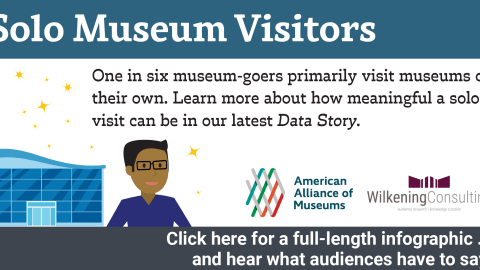The best that can be said of a disaster is that sometimes we can learn something, if we are wise and attentive, that will make for a better outcome in the future.
I just finished reading a great essay, Lost and Found in Japan, on the World Futures Society website. The author, Patrick Tucker, reports on his travels to several villages in Japan that were devastated by the tsunami that struck on March 11, 2011.
Tucker notes “Events like the March 11 earthquake and tsunami in Japan illustrate just how little control we have over the future, despite our actions. Contrary to common hubris, you cannot plan for the unthinkable. You can only pay attention, listen, and learn in order to build stronger, react smarter, survive better when the unforeseeable occurs.”
Japan is an interesting model for the USin many ways. We share the challenges of:
An aging society (In the tsunami-affected prefectures of Iwate, Fukushima, and Miyagi, an average of one in four people is over the age of 65. Today, 1 in 8 Americans are older than 65. In 2034, the ratio will jump to 1 in 5.)
Growing disparity in wealth (in Japan, “kakusa sakai”—the society without evenness). See this article on the US Congressional Budget Office report released this week documenting that the top 1 percent of earners more than doubled their share of the nation’s incomeover the last three decades.
Rising unemployment (especially notable among relatively well-educated youth—which is known in Japan as the Lost Generation).
Increasing distrust in government(though that is kind of perpetual in the US).
Watching how the consequences of this natural disaster play out in Japan—demographically, technologically, culturally, politically—sheds light on what the US might face in the future from natural and man-made catastrophes.
Some things that jump out at me, when I read Tucker’s observations:
1) The way that large numbers of volunteers, largely young people, many from the ranks of the under- or unemployed, flocked to help after the tsunami. This dramatizes the potential in both our populations of people ready and able to do good and necessary work, if only we can provide productive channels for their energy, altruism and discontent. Contrast the focused, organized and productive response of volunteers to disaster relief in Japan with general dissatisfaction in the US that has given rise to still unfocused rage at social inequality expressed through Occupy Wall Street and its sister protests.
3) The huge difference that a single nonprofit can make. Tucker highlights the work of Peace Boat, a Japanese NGO founded by students in the 1980s to promote world peace through cultural tourism. In the aftermath of the tsunami, Peace Boat directed its fleet and its staff towards relief efforts—bringing in and coordinating volunteers, and evacuating local youth to “summer in a healthy, dynamic and creative environment, where they can learn new skills, enjoy new experiences and gain a fresh perspective on the future, while enabling their parents to focus on rebuilding their community.” Tucker notes that Peace Boat may well bankrupt itself in the process, but what a glorious way to go!
4) The scale of the response required for a disaster of this scope, and the daunting gap between needs and resources. Tucker reports that the Ishinomaki authorities plan to build 150 government-subsidized housing units. However, 8,000 families have applied for temporary housing, and that number is expected to reach 10,000. What role can the NGO and private sector play in filling that gap? Tucker mentions the work of David Lopez, a Baltimorearchitect who’s promoting new approaches to emergency housing. His focus: “shelter solutions that allow communities to stay together, as close to their original dwellings as possible, after disasters,” enabling people to stay in their neighborhoods and house themselves by making low-cost, adaptive use of debris.
5) The hyper-local approach to disaster relief taken in Japan, in which communities make most of the key decisions about how to deploy government resources, from how to group neighbors together in emergency shelters, to how to rebuild. Contrast this with the often ham-handed federally-driven approach taken to relief in New Orleans post-Katrina. “If there is anything to be learned from the events that played out in Japan after the tsunami,” notes Tucker, “it is that our public response to disaster must accommodate and encourage this vital urge to keep community physically intact.”
The coming decades will inevitably challenge the US with floods, fire, tornados and earthquakes as well as creeping threats such as drought or rising sea levels, and wildcard events such as terrorist attacks. What role can and will museums play in preparing their communities to respond to these challenges, and in uniting and preserving communities in the aftermath of disasters?
Please share your museum’s experiences in helping communities deal with disaster. Email stories to futureofmuseums@aam-us.org or post in comments, below.









Sorry to leave an unrelated comment, but I couldn't find any contact information from you. My name is Emily Matthews, and I'm very interested in contributing to your site – I think I have some great ideas for posts that your readers would love. I'd love to discuss them further with you, and hope to hear from you soon.
Hello Emily. You can email staff at futureofmuseums@aam-us.org. Look forward to hearing from you.
Currently the money Clothing brand name is one of the top collections up to now with more Kimono Robes than one hundred and forty designs. Comprised of four sorts of garments, the collection ranges from Dollars tracksuits, Income jeans, Money shirts, Cash knits and now Cash equipment and Money footwear.